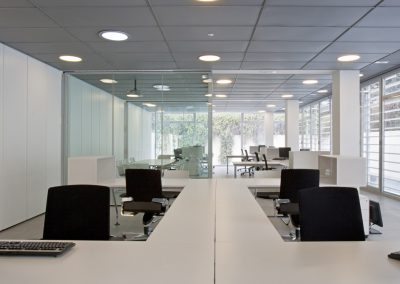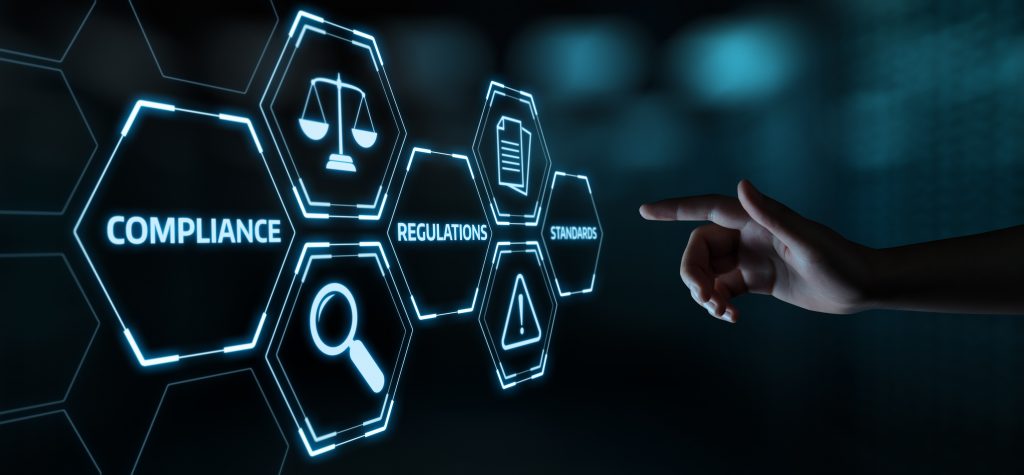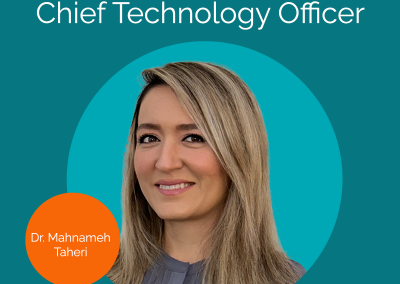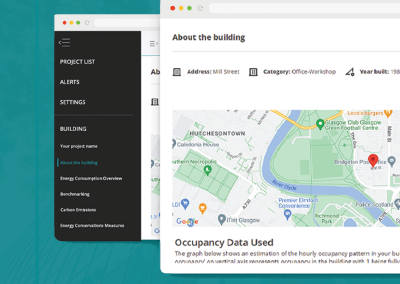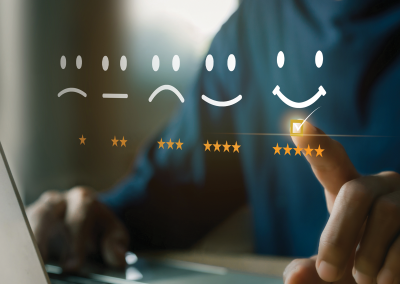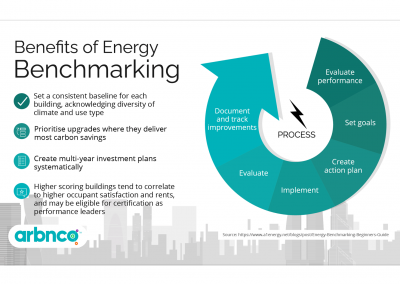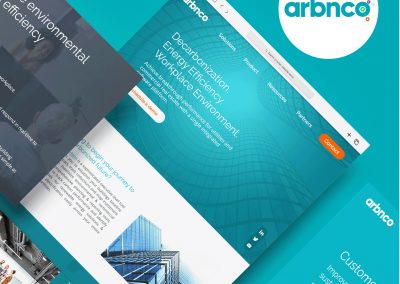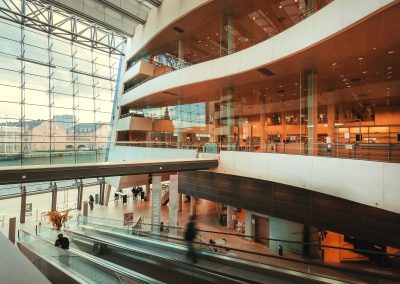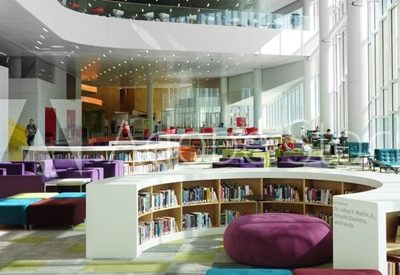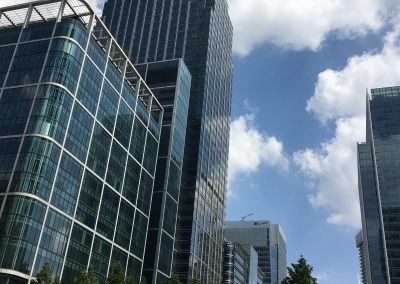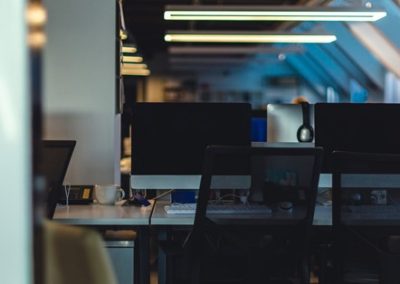Sick Building Syndrome: Does intelligent software hold the answer?

We all know that healthy, happy employees are the driving force behind any successful business, and the working environment is a crucial component of that. After all, not only is good air quality important for employee wellbeing, it has also been shown to have a positive link to cognitive performance.
Why then, in the 21st century, are many office workers still suffering from ‘sick building syndrome’ (SBS)?
SBS is the generalized symptoms, typically headaches and respiratory problems, that people get from spending too much time in a building. Clearly, we are still not getting it quite right.
Most commercial properties were simply not built with human wellbeing at the top of the design agenda. Even those that were may not perform as intended; we need people-focused building operation, not just people-focused design. To understand the impact that buildings have on their occupants, we need real-time, meaningful data gathered through ubiquitous monitoring.
However, where monitoring does take place, it is done sporadically, it doesn’t measure the right things, and it isn’t linked to how occupants feel. This means that it doesn’t produce a body of data that allows better operational decisions to be made.
Why does any of this matter?
Some aspects of the indoor environment, such as temperature, smells, and dust, are more immediately noticeable than others, though we can acclimatize over time until they become unnoticeable.
Dust, or particulate matter, can be particularly dangerous if it gets into the lungs, and can trigger or worsen serious health issues, such as asthma and bronchitis. Lighting, too, is something most don’t understand the full impact of – not only can it affect eyesight over time, but it can also impact mood and hormone production.
Other parameters are less easy for the human body to detect, making it even more apparent that we need to rely on sensor technology that can do this far more accurately. CO2 is one such example.
Indoor CO2 concentrations will always be higher than outdoor, but concentrations of CO2 that are substantially higher than outside air reduce the ability to focus or stay awake.
One recent study showed that an indoor CO2 concentration of 1,000ppm significantly diminished the decision-making performance of occupants. A concentration of 2,500ppm saw this drop further, with some performance metrics at the ‘marginal’ or ‘dysfunctional’ level. The effect of CO2, however, is so mild that people don’t notice it until they start to feel drowsy.
How do we monitor buildings effectively?
Technology, particularly the deployment of high-quality sensors, can provide ubiquitous monitoring of physical parameters such as light, temperature, ventilation, CO2, particulate matter, and volatile organic compounds.
The ubiquity of sensors is key here because of the large variation in environmental conditions across the floor. To be truly effective, however, this measured data must be supplemented with feedback from occupants about their perception and preferences.
How do we use the data?
There is potential to gather a huge amount of data – both quantitative and qualitative – but the challenge is knowing what to do with it.
The hard data needs to be used to serve the preferences of the people occupying the space. For example, if one person has submitted feedback that it is “cold”, but no one else has complained, the hard data will be able to show which desks are in a warmer space, meaning the individual can move rather than just turning up the heating and making others uncomfortable.
We need to eliminate discomfort
We shouldn’t just aim to successfully respond to discomfort; we should aim to prevent it altogether. This is a big challenge that isn’t sufficiently addressed with traditional monitoring solutions, but it’s something that intelligent software can make easy.
Over time, it can learn about the patterns of data and the preferences of inhabitants. Software can link the feedback of occupants to environmental conditions and issue real-time alerts – if, for example, the data shows CO2 levels are close to reaching the point where people complain that they’re feeling tired.
The ability to connect real environmental conditions with occupant feedback means that facility managers, property managers and business owners might need to amend pre-conceived ideas about ‘optimum’ indoor conditions.
We might think that poor indoor working conditions are consigned to history, but the reality is we still have not arrived at the ideal for human comfort and wellbeing.
The environment we work in can have a huge impact on our health, satisfaction and productivity, and in some instances, we might feel the effects of something without being able to clearly identify the cause.
We need sophisticated environmental monitoring in commercial properties, but the big challenge is making this measurable in human terms. There is no point gathering data if it doesn’t relate to human preferences. Only by linking the two together can we make better decisions on building operation and performance.
Dr Parag Rastogi and Dr Mahnameh Taheri are building scientists at Glasgow-based proptech firm arbnco. Their research specialisms include building simulation and monitoring, the indoor environment, and occupant behavior. Dr Rastogi is also a visiting scientist at the RIKEN Institute for Advanced Intelligence Project, Tokyo, Japan.
Learn more about
Follow Us on Social Media
Get content straight to your inbox
You may also like

Maureen Eisbrenner – arbnco CEO & co-founder – joins board of Women in Sustainability Leadership Awards (WSLA) Alumnae Group
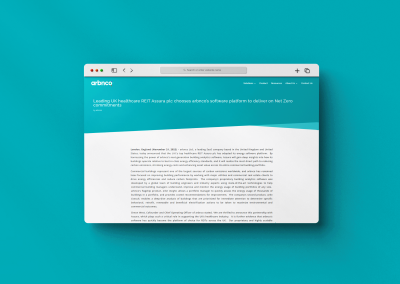
Leading UK healthcare REIT Assura plc chooses arbnco’s software platform to deliver on Net Zero commitments
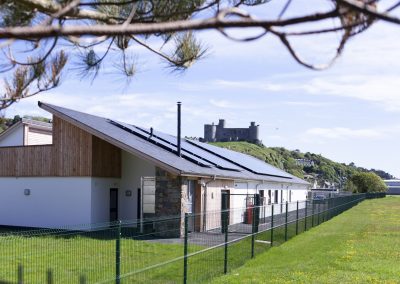
How arbnco’s portfolio assessment platform improved EPCs across Assura’s UK portfolio of healthcare premises
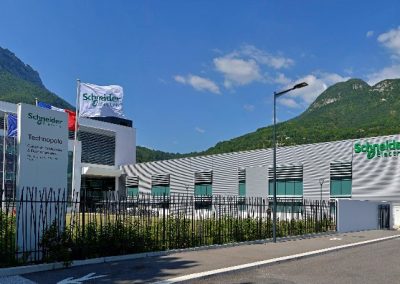
How Schneider Electric used arbnco and Arc Skoru Inc.’s platform to achieve LEED 4.1 O+M certification
